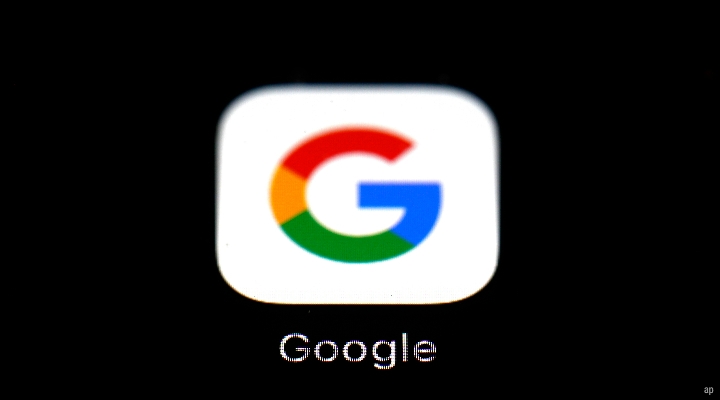Day 3: Set Up a Bill-Paying System
Degree of difficulty: Easy to moderate
If you already have a rock-solid system for paying your bills--perhaps you use your bank's online bill-paying system--you get the day off. (Your degree of difficulty for today? Definitely easy!)
But if your desk is awash in random bills, or worse yet, if you checked your credit report and saw a history of late payments, it's time to put a formal bill-paying system in place.
I'm a big believer in online banking. Not only does it cut down on the amount of paperwork you'll be responsible for shredding or filing once it comes into your house, but reducing your reliance on snail mail also helps lessen your vulnerability to identity theft.
Most financial institutions offer online banking these days, and it's usually free of charge and pretty intuitive to use. Simply head to your bank's website for instructions on how to implement such a programme.
Before you opt to bank and pay your bills online, it's essential that your home computing system has up-to-date security protection, including firewalls, anti-virus software, and spyware. Also make sure that you've downloaded the latest version of your Web browser, as it will include the most current encryption technology. Finally, take care when selecting passwords. As always, a combination of letters and numbers will help prevent someone from being able to guess at your password. (If you keep a separate document with all of your account numbers, user names, and passwords--and I'll tackle that step on another day--be sure to password-protect it!)
If you don't use an electronic bill-paying system, I'd also recommend logging any incoming bills on to a calendar as soon as you receive them. Plan to post payment of upcoming bills at least seven days before their due dates. Note the date on which the bill should be posted, who you owe, and how much. When you sit down to pay your bills for the coming week or month, this approach will help to ensure that nothing falls through the cracks.
Return to the article: "The 30-Day Financial Fitness Plan".



























